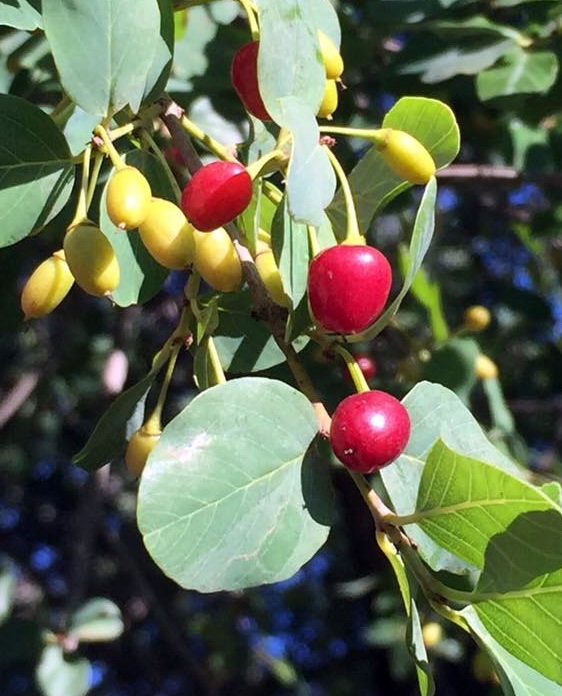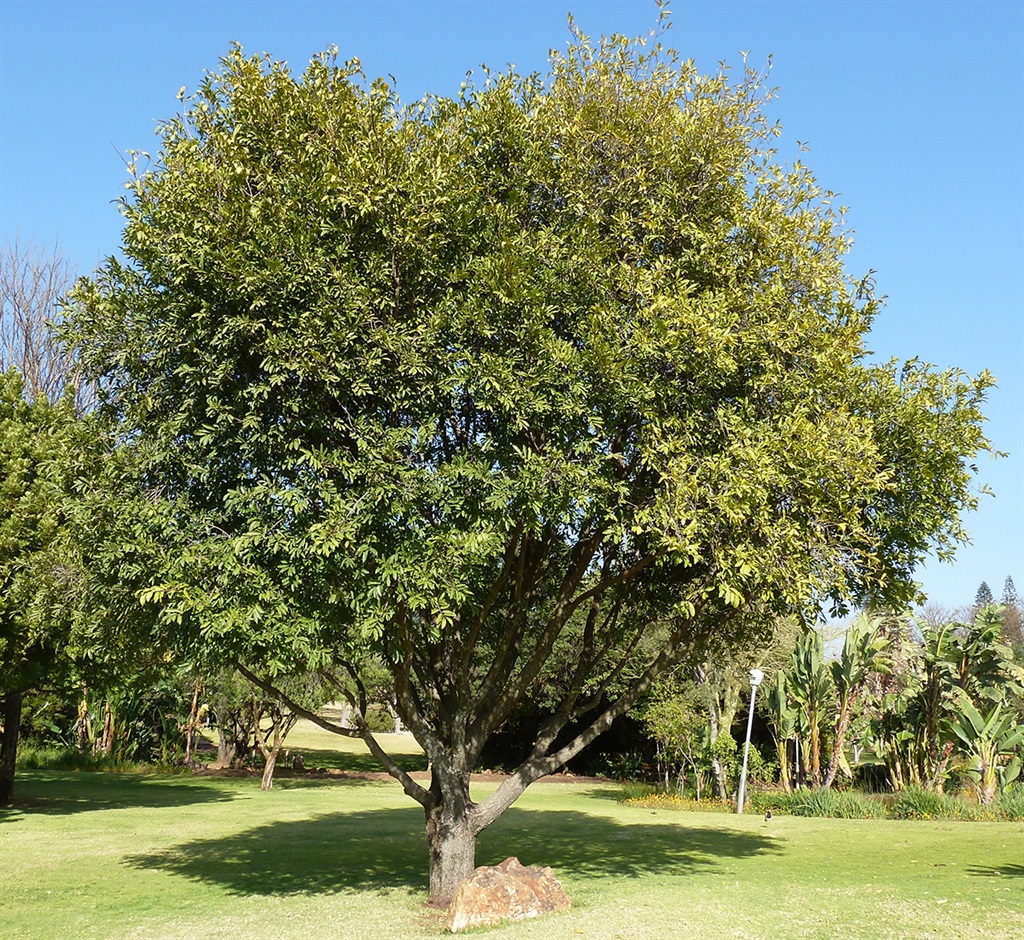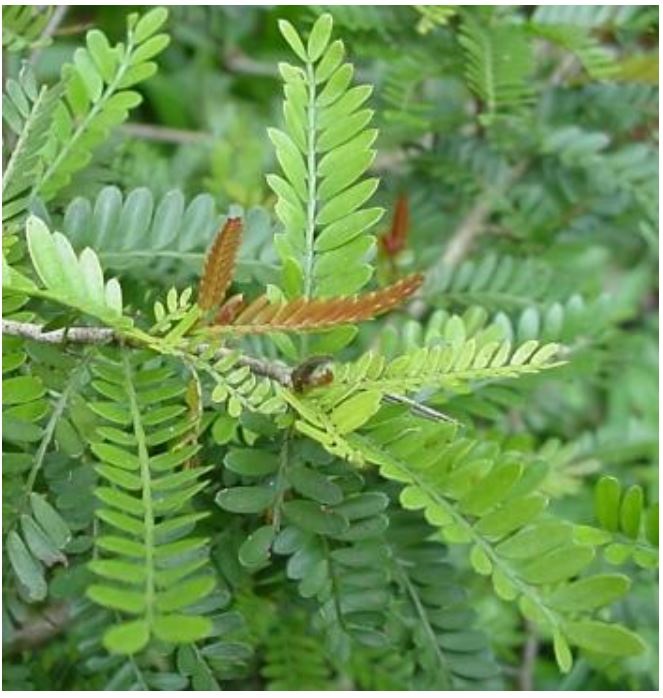Nov 10, 2021

Left to right: Berchemia zeyheri, Diospyros mespiliformis, Schinziophyton rautanenii (Images: Wikimedia Commons) and Umtiza listeriana (Image: PlantZAfrica - SANBI, Creative Commons)
- Four more species are likely to be added to South Africa's list of protected trees, as per a proposal by the minister of forestry, fisheries, and the environment.
- The list currently contains 48 species of trees.
- It's illegal to cut, damage, or disturb these trees protected under the National Forests Act.
- And those caught, without explicit permission, could spend up to three years behind bars.
Four more trees are likely to soon become protected in South Africa under the National Forests Act. Cutting, disturbing, damaging, or removing protected trees could land offenders in jail for up to three years.
The Minister of Forestry, Fisheries, and the Environment, Barbara Creecy, intends to add four more species to South Africa's list of protected trees. A government gazette published on Monday calls for public comment on Creecy's proposal.
"The species are proposed for addition to the existing list of protected tree species after evaluation by an expert panel, on the basis that they are keystone species and vulnerable to particular threats in specific parts of their distribution range," notes the gazette bearing Creecy's signature.
South Africa's list of protected trees currently contains 48 species, from the iconic Camel thorn, Acacia erioloba, to the Outeniqua yellowwood, and Podocarpus falcatus. Trees indigenous to dense forests in the Western Cape, to hardy species which dot the arid Namaqualand can be found on this list.
Now, four more trees are likely to gain their protection status.

Berchemia zeyheri (Image: Wikimedia Commons)
Berchemia zeyheri, commonly known as Red Ivory in English, Rooihout in Afrikaans, and munia-niane in Tshivenda, is one such species which Creecy wants added to the list.
Red Ivory usually grows in dense groups with other trees, reaching 15 metres in height. It's evergreen to semi-decidous and is commonly found in Limpopo, where, according to the South African National Biodiversity Institute (SANBI), its fruit is picked and sold on the street.
Wood from the tree has also been used to craft durable furniture, while its leaves and fruit are favoured by birds, bushbuck, and people alike.

Diospyros mespiliformis (Image: Wikimedia Commons)
Diospyros mespiliformis, better known as African ebony or jackal-berry, can grow 25 metres high, with a trunk circumference of 5 metres and dense evergreen canopy. It produces a fleshy oval fruit, yellow-green in colour, and is sought after by nyalas, impalas, warthogs, baboons, and hornbills.
Jackal-berry trees are found throughout Africa and, locally, are common on savannas or savanna woodlands, like the Kruger National Park, where it can be found growing on termite mounds.

Schinziophyton rautanenii (Image: Wikimedia Commons)
The Schinziophyton rautanenii, best known as the Manketti tree or Mongongo nut, is not endemic to South Africa, but can be found in northern Limpopo. It's a large spreading tree which usually grows to between 15 to 20 metres tall, with grey to pale golden-brown bark.
The Manketti tree's light grey-green fruits are covered in velvety hairs, while its hard seeds produce an edible oil.

Umtiza listeriana (Image: PlantZAfrica - SANBI, Creative Commons)
Umtiza listeriana, or simply Umtiza, localised and endemic to South Africa is found only in a small area in the Eastern Cape. Part of the legume family, this rare evergreen tree grows up to 12 metres and produces oblong leaves 20 to 60 mm long.
Umtiza also produces fruit which matures into brown and woody pods. It's found in the forested kloofs of the Eastern Cape, in the East London, Kentani, and King William's Town Districts. Rapid human expansion in these areas threatens Umtiza, with the species recently being restored in the Umtiza Nature Reserve.
"No person may cut, disturb, damage or destroy any protected tree or possess, collect, remove, transport, export, purchase, sell, donate or in any other manner acquire or dispose of any protected tree except under a license granted by the Minister," notes the gazette.
Anybody caught transgressing these laws could "be sentenced to a fine or imprisonment for a period of up to three years, or to a fine and such imprisonment."
(Compiled by Luke Daniel)


